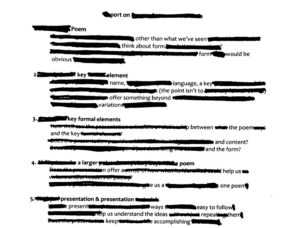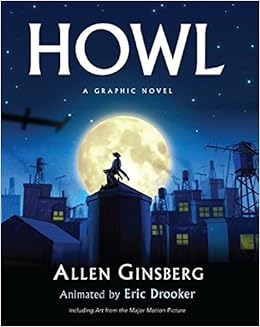When we talked about the sonnet early in the semester, I mentioned Claude McKay’s “The Harlem Dancer” as an example of the form. Seeing as I’ve already taken apart “The Tropics in New York,” another McKay piece, for the blog and that I am also afraid of change, I decided to take apart “The Harlem Dancer” and see why it is effective as a sonnet. It goes as follows:
Applauding youths laughed with young prostitutes And watched her perfect, half-clothed body sway; Her voice was like the sound of blended flutes Blown by black players upon a picnic day. She sang and danced on gracefully and calm, The light gauze hanging loose about her form; To me she seemed a proudly-swaying palm Grown lovelier for passing through a storm. Upon her swarthy neck black shiny curls Luxuriant fell; and tossing coins in praise, The wine-flushed, bold-eyed boys, and even the girls, Devoured her shape with eager, passionate gaze; But looking at her falsely-smiling face, I knew her self was not in that strange place.
When I brought it up the first time, I said that it worked because it juxtaposes the seediness of a strip club with the connotationsof the sonnet, which has a way of lending gravity to what it discusses by virtue of its history as a form, and Lytton added that it would also be interesting to consider the poem through the lens of an African-American poet of the twentieth century utilizing a form very much associated with a white European Renaissance tradition. I still think both of these are valid interpretations, but they focus on content more than form, so I want to look at how the form of the poem itself shapes the meaning. The pacing inherent in iambic pentameter creates tension with the content of this piece – while the words suggest a lively atmosphere, with men “tossing coins in praise,” laughing, and “devour[ing]” the dancer’s form, the sonnet’s use of iambic pentameter counteracts this. The ten-syllable lines read slowly and deliberately, almost contemplatively, giving dignity to the dancer in spite of her surroundings. The seriousness that the measured meter implies also bolster’s the sonnet’s ending volta, making it seem like not so much of an abrupt thematic turn because the poem has already acclimated the audience, through meter, to the seriousness of the subject.


